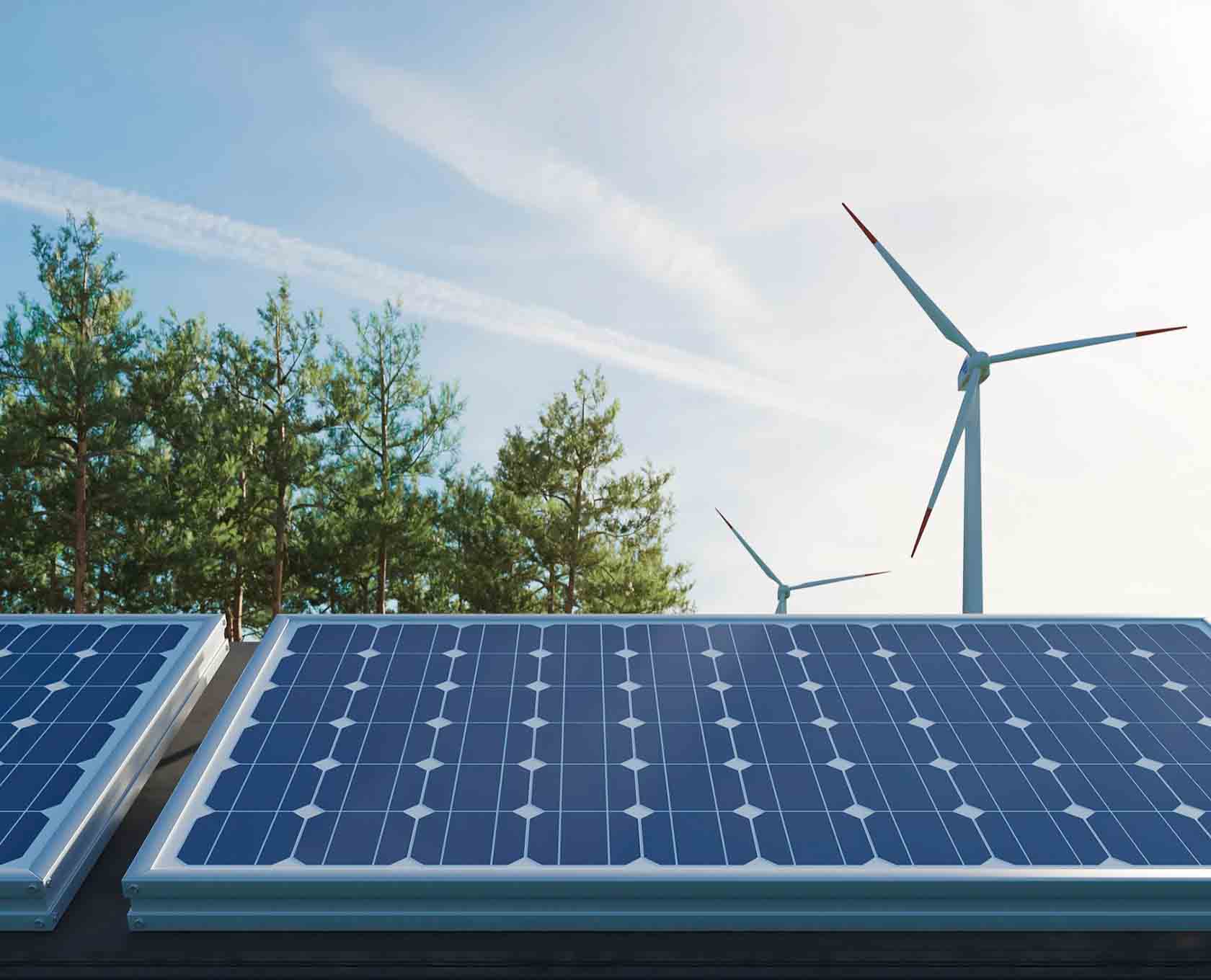As the importance of sustainable development continues to gain prominence, the lighting industry is actively seeking sustainable solutions to reduce energy consumption, lower carbon emissions, and pave the way for a greener future. This article explores the rise of sustainable lighting solutions, including energy-efficient lighting technologies, smart lighting systems, and the application of renewable energy sources, revolutionizing the lighting industry.
- Energy-Efficient Lighting Technologies: Energy-efficient lighting technologies are at the core of sustainable lighting. LED lighting technology, as an efficient and long-lasting alternative, is gradually replacing traditional lighting methods. LED fixtures have high energy efficiency, converting more electrical energy into visible light rather than heat, thereby reducing energy consumption. Furthermore, the application of smart lighting control and sensing technologies, such as dimming and automatic shut-off features, further enhances lighting efficiency and energy utilization.
- Smart Lighting Systems: The rise of smart lighting systems has brought about significant transformations in the lighting industry. By utilizing sensors, network connectivity, and data analysis, smart lighting systems enable precise lighting control and management. These systems can automatically adjust lighting brightness, color temperature, and schedules based on environmental conditions and usage requirements, resulting in more efficient lighting and energy savings. Additionally, smart lighting systems provide real-time monitoring and fault detection capabilities, improving maintenance efficiency and reducing costs.
- Application of Renewable Energy Sources: Renewable energy sources play a vital role in sustainable lighting. Solar energy and wind power are widely utilized in outdoor lighting and urban lighting projects. By installing solar photovoltaic panels or wind turbines, natural energy can be converted into electricity to power lighting systems. This application of renewable energy reduces reliance on traditional electricity sources, mitigates carbon emissions, and enhances energy sustainability.
- Integration of Lighting with Urban Planning: Sustainable lighting solutions are integrating with urban planning to create greener and more people-centric urban environments. Lighting not only provides illumination but also contributes to the beautification of cityscapes, pedestrian safety enhancement, and the creation of comfortable nighttime environments. By strategically planning lighting layouts, employing energy-efficient lighting technologies, and utilizing intelligent control systems, cities can achieve goals of efficient energy utilization, reduced light pollution, and improved quality of life for residents.
The rise of sustainable lighting solutions is driving the lighting industry towards a more sustainable and environmentally friendly direction. Through energy-efficient lighting technologies, smart lighting systems, the application of renewable energy sources, and the integration of lighting with urban planning, we can illuminate the path to a greener future. Sustainable lighting not only reduces energy consumption and carbon emissions but also provides more efficient lighting, creates comfortable environments, and enhances the quality of life for residents.

